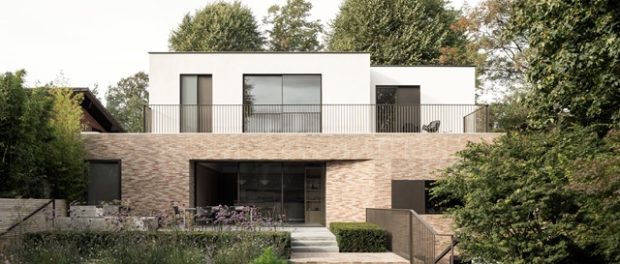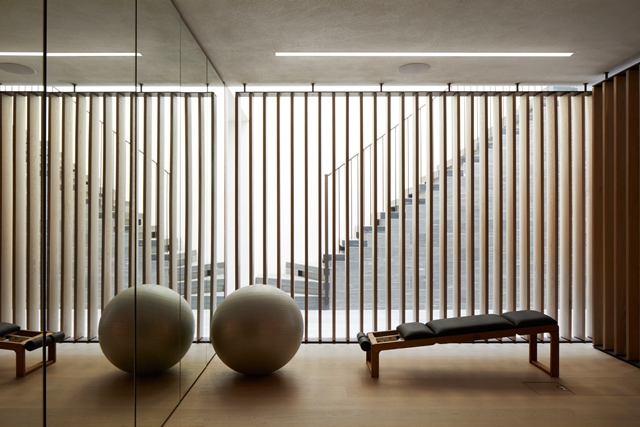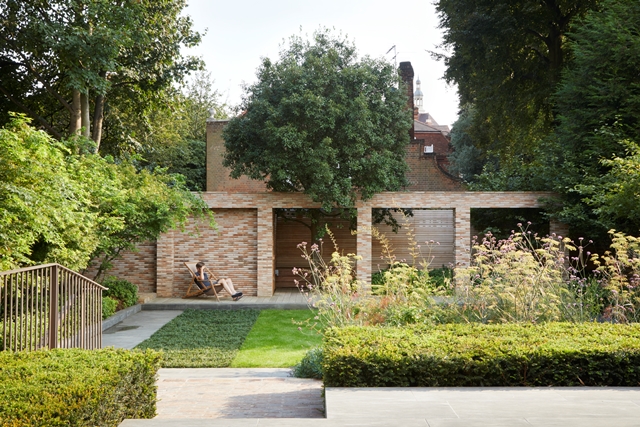Stanton Williams completes Fleet House in London as an act of urban repair

The design is an intelligent negotiation of context and identity – synthesised into a retreat for domestic rituals
 Urban repair
Urban repair
A sensitive addition to the Hampstead Conservation Area, Fleet House by Stanton Williams reinterprets the historic Hampstead Village boundary wall tradition into a contemporary domestic concept. The design originates from the idea of re-establishing the lost boundaries which once defined the site at the junction between Admiral’s Walk and an almost forgotten historic footpath, while realigning the house with the pavement in continuity with the tall garden wall of the adjacent Grade I listed Fenton House.
“We were particularly interested in reinstating the local tradition and developing the house around the idea of an almost endless boundary – one that at the same time shelters and generates the domestic space. Acting as a textured protective shell, the boundary unfolds into a series of habitable spaces, gains thickness, hides and creates entrances, rooms and courtyards as it responds to its context. The boundary wall becomes the house,” says Patrick Richard, Principal Director at Stanton Williams.
 Excavated volume
Excavated volume
The conceptual approach excavates the domestic space from its boundary, conceiving the house as a carved volume from which elements are extruded and extracted, though the addition and subtraction of blocks. A change of texture and colour – from a coarse dark brick outer shell to smooth white stucco carved volumes – further reinforces the sculptural qualities.
Stanton Williams also created the interiors and bespoke pieces of furniture – working across all scales,from the city to the house, to achieve a cohesive design
 Domestic rituals
Domestic rituals
Architecture in the case of Fleet House, offers quiet and invisible presence, stepping back to set the scene for the daily rituals of a Swedish-Japanese couple. Natural light and breathing space become key elements of the spatial experience, almost as tangible as the physicality of the house. Materials are natural and tactile. Continuous surfaces in handmade brick, Gneiss stone, stucco and European oak, spread from the exterior into the interior of the house – to offer a sense of serene infinity. Long perspectives and vestibules connect domestic moments – with light always guiding the journey, relating the inside with the outside.
 “Our aim was to create contemporary but timeless architecture, rooted in its context without pastiche. We wanted to relate the house to the strong architectural elements of the neighbourhood, while keeping the building identifiable within its own era and its own narrative charge,” says Richard.
“Our aim was to create contemporary but timeless architecture, rooted in its context without pastiche. We wanted to relate the house to the strong architectural elements of the neighbourhood, while keeping the building identifiable within its own era and its own narrative charge,” says Richard.
